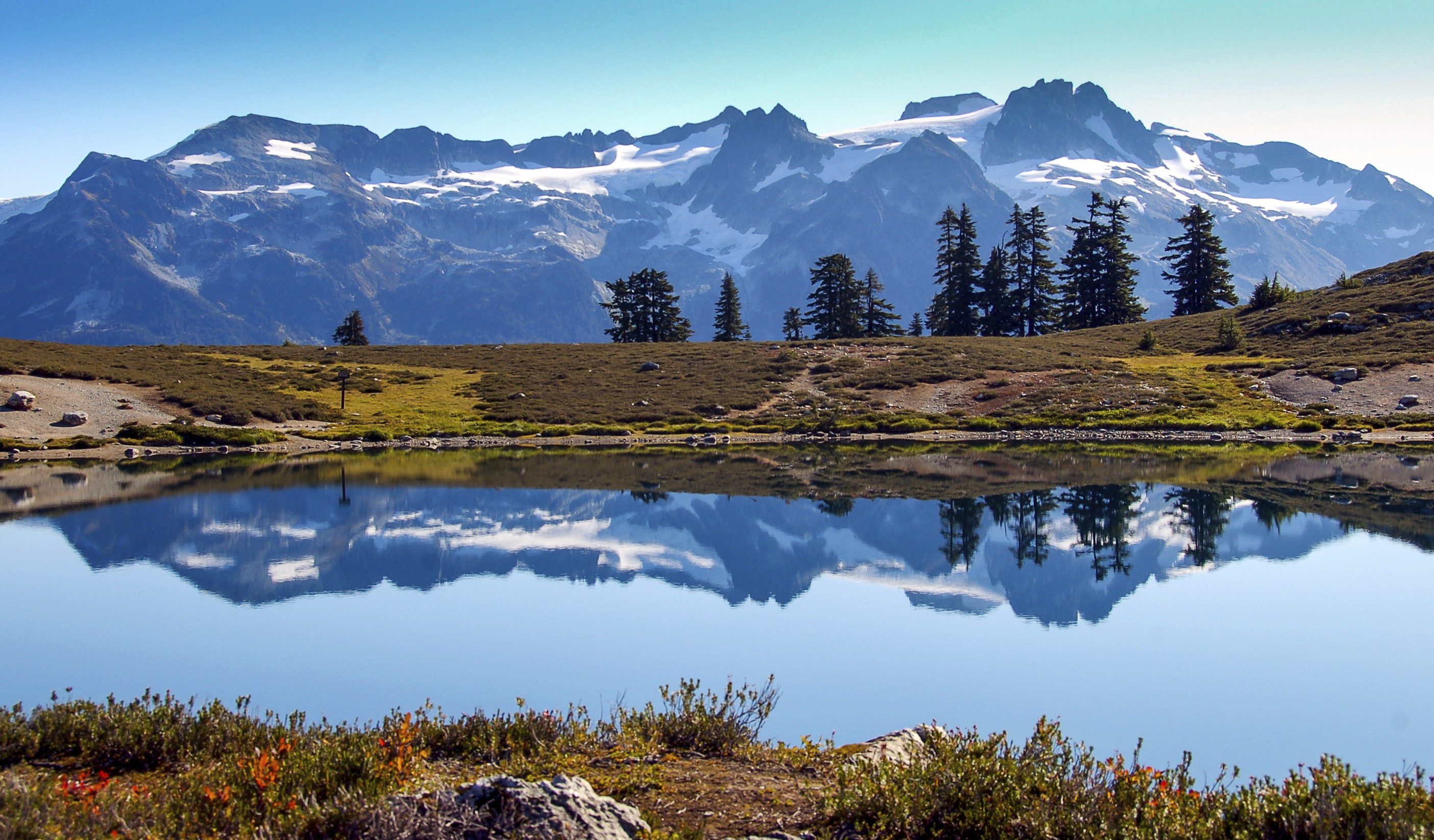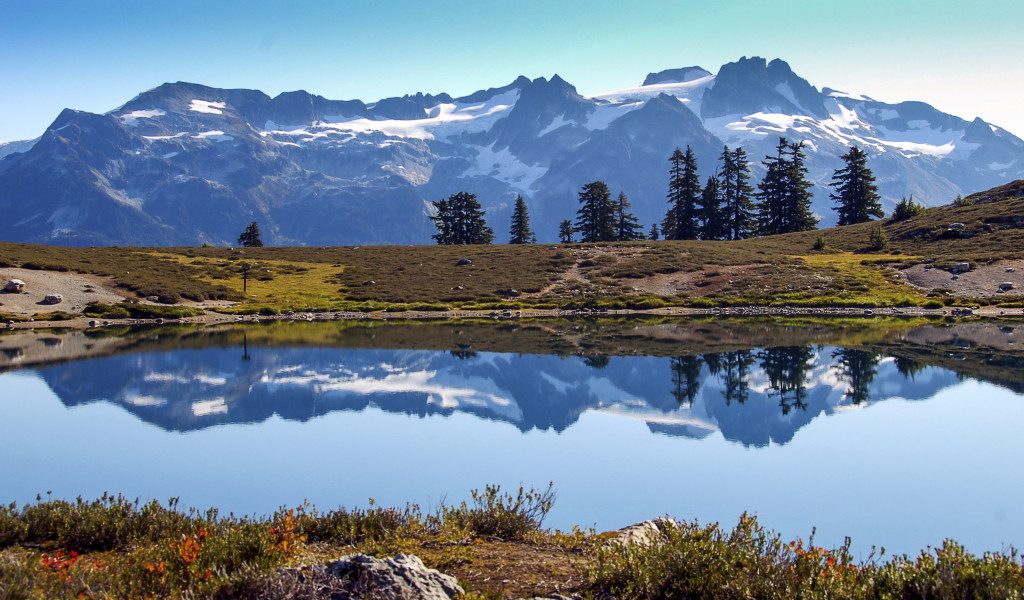Adam O’Meara’s tips for Ironman and Ironman 70.3 Canada

Ironman triathlon history runs deep. Tomorrow, the race start gun will go off again for the 33rd year in a row. Whistler is home to the event now and this race course stacks up as one of the most scenic on the circuit, plus the race location inherently makes the course profile a good, honest test for athletes.
Alta Lake is where the race will start, this glacier fed lake provides competitors with pristine water quality and wet-suit friendly temperatures. I would highly recommend athletes get into this water at least once before race day so that the cool temperature isn’t a surprise on race day. And depending on the weather in the weeks leading up to the event it may be advisable to double up on your swim cap and finish your warm up as close to your start time as possible. Water temps can range from 18-22 degrees Celsius (64-73 Degrees Fahrenheit).
Once you get out of T2 an epic bike course lays ahead. The rolling to hilly terrain does allow for a lot of time in the aerobars but you will be faced with some substantial climbs throughout the 180km. The first major climb is up through the Callaghan Valley to the top of the 2010 Olympics Nordic Ski mountain, pace yourself well on this 10 mile climb but do remember you will descend back down and get a chance to recover from the uphill effort. Having ridden this in training I would advise people to not think about “how much further is it?” but just settle in, relax the upper body, and focus on keeping your cadence up while maintaining good posture.
The bike course is challenging but breaking it into parts can help mentally and enable you to better pace the ride. So, once you pass through Whistler en-route to Pemberton you will roll down the mountain hitting some high speeds along the way. Do you best to keep your cadence where you prefer it and remember there is speed still to be gained up until your rpms get over ~112-115.
The out and back flat section through Pemberton Meadows provides picturesque scenery, so do take the time to look to the West and take in the mountains and lush farmland. This flat section is a nice opportunity to sit in your aerobars, dial in your race pace and double check that you are on track with your nutrition plan. Once you get back to Hwy 99 you are faced with the relentless climb back up to Whistler. Again, the best thing to do is not get overwhelmed with how far you have to go, but instead focus on the things you can control such as cadence, posture, nutrition, hydration and staying positive.
T2 is right in the Whistler Village and you will be welcomed by large, excited crowds to start your run. The run is net uphill for about the 3km (2mi), so don’t get discouraged when you see your average pace is a bit slow for the first section. But once you start to roll downhill from the back of Lost Lake it remains like that for a few kilometers so use that to your advantage and get those legs turning over quick. The ~14km (~9mi) out and back is on rolling terrain, it goes through some nice old growth forest and skirts Green Lake. The run isn’t particularly fast when looking at the elevation profile, but good times can be posted as Canadian pro Jeff Symonds ran his way into second place with a 2:40:34 in 2014.
I would be remiss if I didn’t mention the chance of inclement weather. In 2015 the region was experiencing a heat wave in the weeks preceding the race, but come race morning athletes were greeted with frigid temperatures in the single digits (Celsius) and average temperatures for the day were about 10 degrees Celsius (low 50s Fahrenheit).
All in all every athlete racing Ironman Canada will earn their own victories and enjoy a truly satisfying sense of accomplishment at the finish line of this challenging Ironman race course!
Adam O’Meara is a professional triathlete, based in Victoria, BC, Canada where he lives with this wife and son. Watch for him to use his home court advantage at Ironman Canada in Whistler this year.

